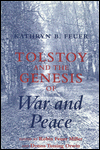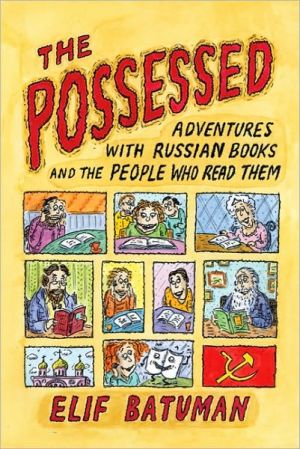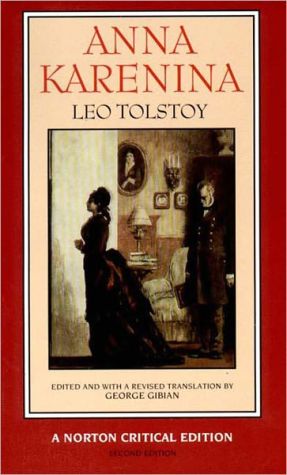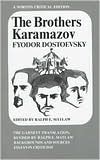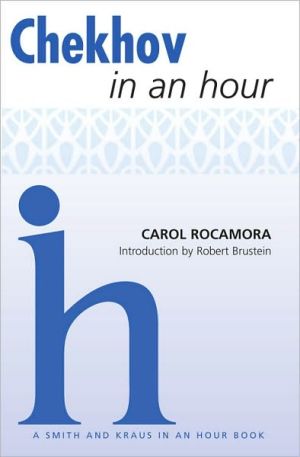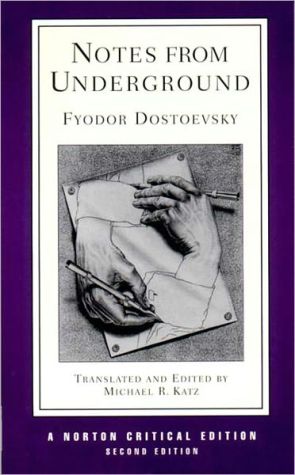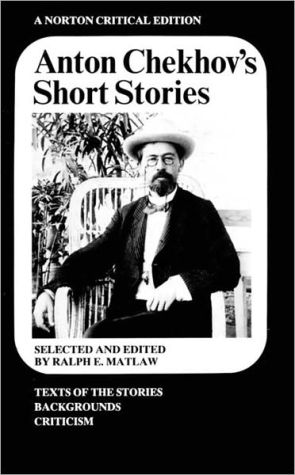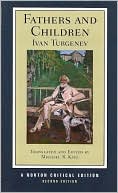Tolstoy and the Genesis of "War and Peace"
"The best thing ever done on how Tolstoy wrote War and Peace. Feuer shows us an incredible complexity in terms of the creative process. You see the seams and joints in the novel."-Gary Saul Morson, Northwestern University"In 1963, Kathryn B. Feuer had access to the manuscripts of the drafts for the novel, almost 4,000 pages. At Tolstoy's home, she concentrated on a dozen books that related to his earlier conceptions of War and Peace. She was indefatigable, with every detail at her fingertips,...
Search in google:
Kathryn B. Feuer offers remarkable insights into Leo Tolstoy's creative process while he wrote War and Peace. She follows the novel through countless drafts and notes, and illuminates its connection to earlier, unpublished novels and to crucial new sources, both European and Russian. Additionally, Feuer locates Tolstoy within the intellectual debates of his time.Library JournalIn 1963, Feuer, who died in 1992, was one of a handful of American scholars permitted for extended periods in the Soviet Union on cultural exchange. In this scholarly work (originally her 1965 doctoral dissertation), published posthumously by her daughter Robin Feuer Miller (who accompanied her mother to the Soviet Union as a child), Feuer explains how Tolstoy, inspired by Decembrist events in Russia in 1856, intended War and Peace to be but the first volume of a Decembrist trilogy. Feuer also maps out differences among the numerous drafts of the novel as well as the many evolutions of the characters. Because she based her research on Tolstoy's own rough drafts of War and Peace, her work covers new ground. Feuer's study makes a good companion to a new, abridged edition of Tolstoy's diaries, compiled by Christian (Russian, St. Andrew's Univ.). The diaries date from 1847 to 1910, the year of Tolstoy's ignoble death in an obscure train station. At the end of his life in particular, Tolstoy the diarist unflinchingly reveals his unique personalityat once generous and avuncular and tyrannical and intolerant. His tumultuous 48-year marriage to Sofya Behrs unfolds painfully in the diaries; in this relationship in particular kernels of themes explored in his novels emerge. Christian has divided the diaries into six sections, each covering approximately ten years and containing a brief yet extremely informative introduction. Tolstoy did not keep orderly diaries, often scribbling on whatever was available, and the endnotes provide much useful detail about sources. Both works offer first-rate scholarship and deserve to be added to Russian literature collections.Diane G. Premo, SILS, SUNY at Buffalo
Editors' PrefaceIntroduction11Tolstoy's Early Works: The Literary Matrix of War and Peace132Predecessors of War and Peace: "The Distant Field" and The Decembrists323The Novel of 1812544The Transition to 1805735The Opening Pages of War and Peace886The Transition from the Early Manuscripts to Book I, Part 11097Tolstoy's Rejection of the Spirit of 18561358Napoleonism, Decembrism, and the Spirit of 18561689Ideological Influences on the Genesis of War and Peace18010Napoleon as a Symbol of Revolution in the Political Conception of War and Peace194Conclusion207Note on Critical Backgrounds213Notes219Bibliography279Other Works by Kathryn B. Feuer285Index287
\ Library JournalIn 1963, Feuer, who died in 1992, was one of a handful of American scholars permitted for extended periods in the Soviet Union on cultural exchange. In this scholarly work (originally her 1965 doctoral dissertation), published posthumously by her daughter Robin Feuer Miller (who accompanied her mother to the Soviet Union as a child), Feuer explains how Tolstoy, inspired by Decembrist events in Russia in 1856, intended War and Peace to be but the first volume of a Decembrist trilogy. Feuer also maps out differences among the numerous drafts of the novel as well as the many evolutions of the characters. Because she based her research on Tolstoy's own rough drafts of War and Peace, her work covers new ground. Feuer's study makes a good companion to a new, abridged edition of Tolstoy's diaries, compiled by Christian (Russian, St. Andrew's Univ.). The diaries date from 1847 to 1910, the year of Tolstoy's ignoble death in an obscure train station. At the end of his life in particular, Tolstoy the diarist unflinchingly reveals his unique personalityat once generous and avuncular and tyrannical and intolerant. His tumultuous 48-year marriage to Sofya Behrs unfolds painfully in the diaries; in this relationship in particular kernels of themes explored in his novels emerge. Christian has divided the diaries into six sections, each covering approximately ten years and containing a brief yet extremely informative introduction. Tolstoy did not keep orderly diaries, often scribbling on whatever was available, and the endnotes provide much useful detail about sources. Both works offer first-rate scholarship and deserve to be added to Russian literature collections.Diane G. Premo, SILS, SUNY at Buffalo\ \
